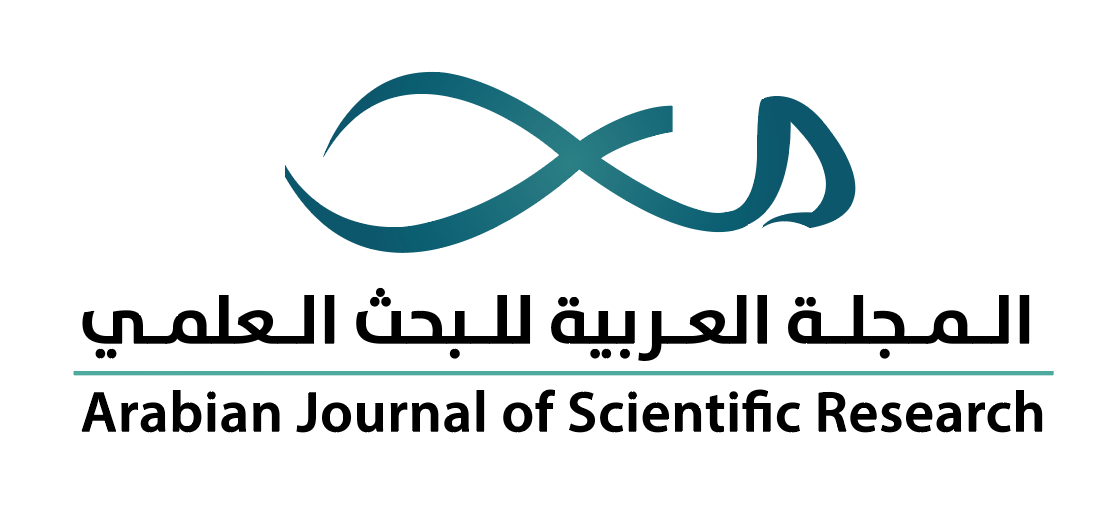-
oa خطة عملية متكاملة لإدارة خطر الكوارث على مواقع التراث الثقافي: حالة دراسية في الإقليم الساحلي السوري
- Source: Arabian Journal of Scientific Research-المجلة العربية للبحث العلمي, Volume 1 (2020), Issue 1, Feb 2020, 2
-
- 31 August 2019
- 07 November 2019
- 28 February 2020
Abstract
الملخص
التراث الثقافي ثروة ثمينة ومصدر للهوية الحقيقة التي تسهم في الحفاظ على البيئة المحلية لكل مجتمع. لقد أنتجت الـتسعة آلاف سنة من الحضارات في سورية أهم مواقع التراث الثقافي الأكثر إثارةً وروعةً في العالم، والمسجَّلة على قائمة اليونسكو للتراث العالمي. وتأثَّر معظم هذه المواقع بالكوارث الطبيعية، خاصة الزلازل، بسبب وقوع سورية في المنطقة الأكثر نشاطًا في الزلازل بين الصفائح التكتونية العربية والأورسيوية والإفريقية. لسوء الحظ، بالإضافة إلى تأثيرات هذه الكوارث الطبيعية، فإن كارثة الحرب المستمرة على سورية منذ آذار 2011 كانت لها نتيجة مدمِّرة على عديد من هذه المواقع التراثية.
تعرض هذه الورقة خطة عملية متكاملة لتخطيط وإدارة خطر الكوارث على مواقع التراث الثقافي السوري، خاصة تلك التي تضرَّرت نتيجة هذه الحرب الظالمة. ضمن هذا السياق، يُفهم التراث الثقافي في نطاقه الأوسع (أبعد من الآثار والمتاحف) ليتضمَّن تطوّر العلاقات الإنسانية مع البيئة الطبيعية التي تشمل الجوانب المادية وغير المادية لهذا التراث (وهذا ما يسمى بالأصالة).
عُرضت حالة دراسية في الإقليم الساحلي السوري تشمل سلسلة من مواقع التراث الثقافي الموجودة في محيط قلعة الحصن التي تضرَّرت بشكل بالغ نتيجة هذه الحرب، وكيف يمكن تأهيلها وإعادة إحيائها بربطها وتكاملها مع الفاعليات الحيوية والاجتماعية والاقتصادية والثقافية لمواقع هذه السلسلة المحيطة بالقلعة، مع إمكانية تطبيق هذه الخطة العملية وتطويرها لإعادة بناء وتأهيل جميع مواقع التراث الثقافي الأخرى المتضرَّرة في جميع الأقاليم السورية.
Cultural Heritage (CH) is a valuable asset and a source of true identity that contributes to the preservation of the local environment of each community. The Nine thousand years of civilizations in Syria have produced the most spectacular and fascinating CH sites in the world and are registered on the UNESCO World Heritage List. Most of these sites have been affected by natural disasters, especially earthquakes due to Syria's occurrence in the region most active in earthquakes among the Arab, Eurasian and African tectonic plates. Unfortunately, in addition to the effects of these natural disasters, the catastrophe of the ongoing war on Syria since March 2011 has had a devastating impact on many of these CH sites. This paper presents an integrated operational plan for disaster risk planning and management on the Syrian CH sites, especially those damaged by this unjust war. Within this context, CH is understood in its wider scope (beyond monuments and museums) to include the development of human relations with the natural environment that encompass the tangible and intangible aspects of this heritage (this is called authenticity). A case study was presented in the Syrian Coastal Region including a series of CH sites located in the vicinity of Al-Hosn Castle (Krak des Chevaliers), which was severely damaged as a result of this War, with the possibility of applying this practical plan and developing it to rebuild and rehabilitate all other affected CH sites in all the Syrian regions.


